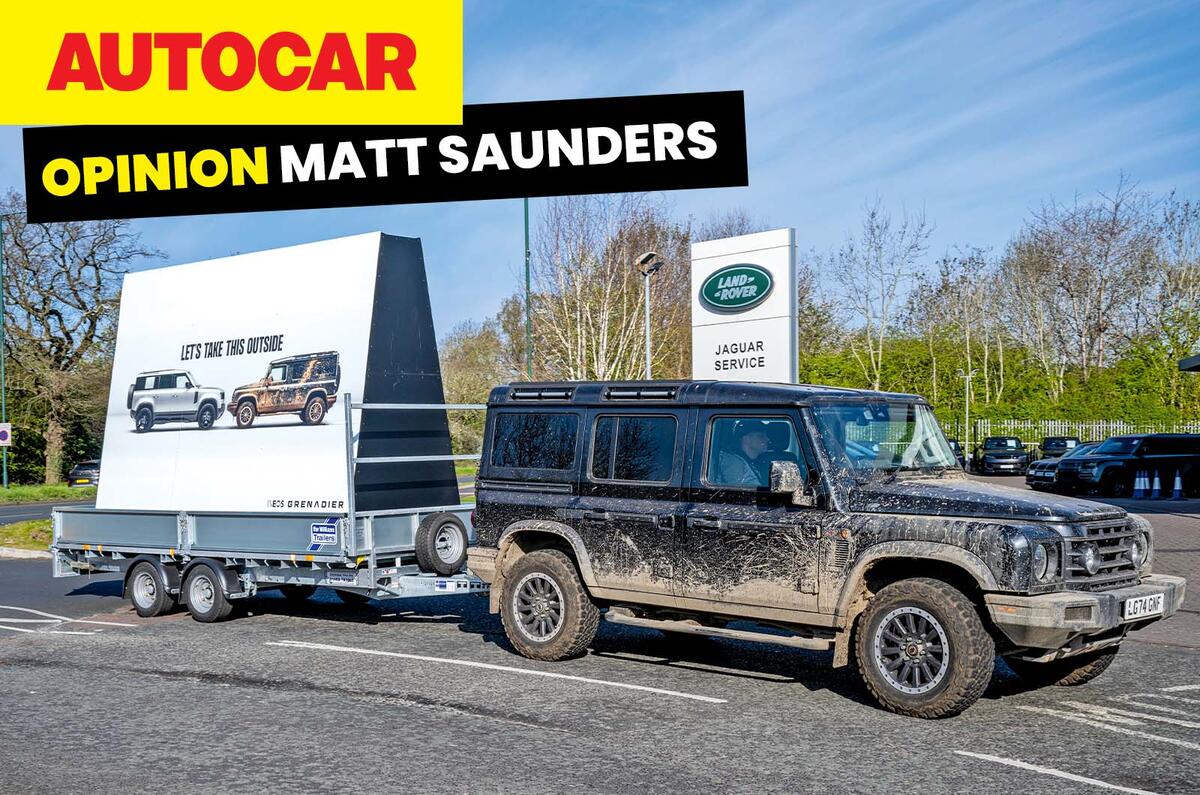The process of choosing a car, ploughing your money into it and then having to explain so many times why you’ve done it inevitably makes automotive culture a bit tribal – and, critically, adversarial.
It’s puerile to laugh or sneer at someone who simply made a different choice and yet, just occasionally, we do it. We can’t help it, because it taps into something ancient in our subconscious that no effort at enlightenment can permanently suppress (that’s what scientists say, I promise).
And so does really good car advertising. Billboard advertising does it best. The art of the billboard has become weighed down in recent years by the potential of digital technology and unconventional creativity, and a certain sense of one-upmanship between the agencies that make them.
There are digital billboards now fed by ANPR cameras that display personalised messages when you drive by. There have been billboard adverts for the Ford Mustang that actually produce imitation tyre smoke.
The internet tells me there was one in Vienna for high-end kitchen knife brand Tyrolit, the surface of which actually itself slowly oxidised to reveal the outline of the knife over the weeks and months that it stood there (which, I must admit, was a clever idea).
But I like those simple, slightly cheeky billboard ads much more – especially when they’re poking fun or digging out a rival. When done well, they’re the product of an attractively sharp wit with some confidence and self-assurance, and they’re very often a bit knowing and self-deprecating.
They feel like the product of the mind of someone whose team you would like to be on. So does it matter how true they are? Just as with most advertising, there’s a greater tradition of these in the US than in the UK – probably because we have stricter regulation.
But not strong enough, evidently, to prevent Ineos poking fun at rival JLR the other week. It fixed a pair of billboards to a trailer and towed them around between Land Rover’s West Midlands manufacturing and distribution sites.









Join the debate
Add your comment
Loved this piece – witty billboards really are a refreshing change in the increasingly tech-heavy ad world.